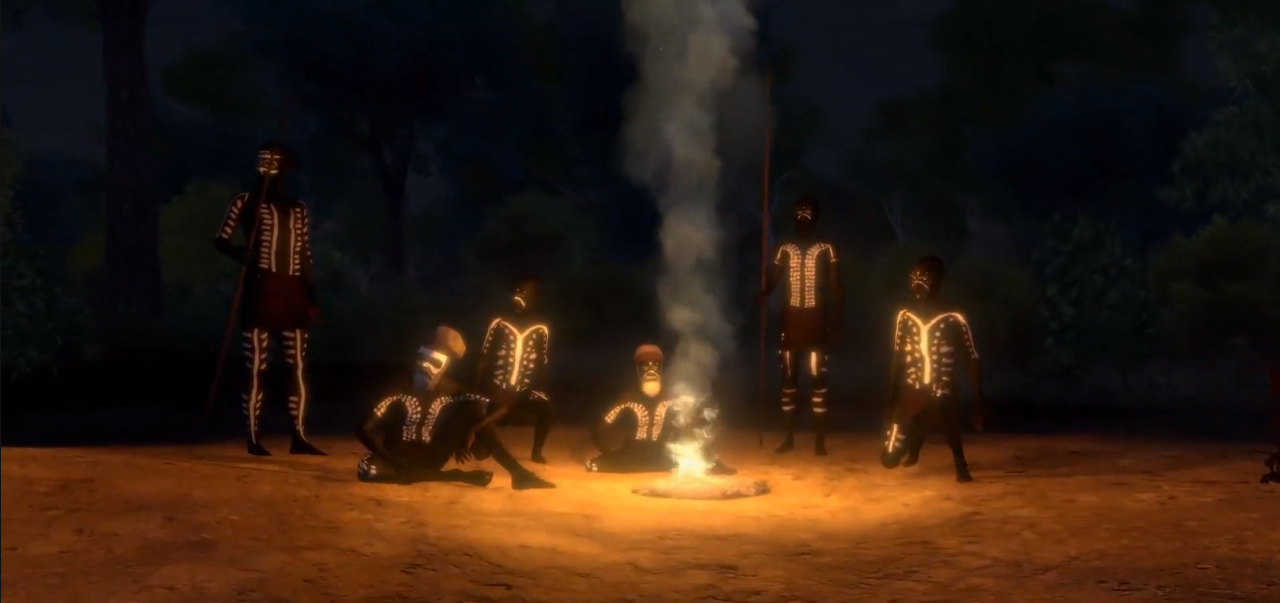Cross River Rail’s virtual time machine
News
16 Mar 2020
Time travel has become a virtual reality through new ground breaking virtual reality experiences developed by Cross River Rail, that allows users to not only view what each of the project’s station sites will look like by 2025, but experience also what the station site looked like in 1819.
This is a gamechanger for how major infrastructure projects like Cross River Rail can be leveraged as an education opportunity.
By time-hopping forward to 2025 and back to 1819, it means we can study not only how people will move through cities in the future, we can experience in exquisite detail how the First Nations people ever did.
And thanks to innovative technology developed right here in Queensland, it gives students a highly personal glimpse into how our traditional owners and elders lived life in what is now one of the world’s fastest growing cities.
Schools, students and the general public are welcome to visit the Cross River Rail Experience Centre in Brisbane to experience this stunningly beautiful and highly-detailed cultural experience.
Cross River Rail Delivery Authority CEO Mr Graeme Newton said the project has commissioned and supported the development of the technology not just for education purposes but as part of the Project’s commitment to the use of 3D digital engineering as part of project delivery.
“3D modelling combined with VR allows us to experience Cross River Rail’s new underground stations as built environments before they are constructed and while we are still finalising designs,” Mr Newton said.
This helps our designers, engineers, and expert advisors plan specific details for each station and ensure best possible outcomes for areas like accessibility and way finding as well as above station development.
“By supporting Virtual Songlines, we are also able to immerse ourselves in the same station environments as they were in 1819, which gives us a fantastic opportunity to ensure the future design of our station environments honours and reflects our cultural heritage.”
Virtual Songlines is the brainchild of Brett Leavy, a First Nations Aboriginal and self-styled ‘Indigenous Digital Jedi’ who is widely respected as one of the world’s most advanced practitioners with regards use of digital to bring cultural heritage to life.
